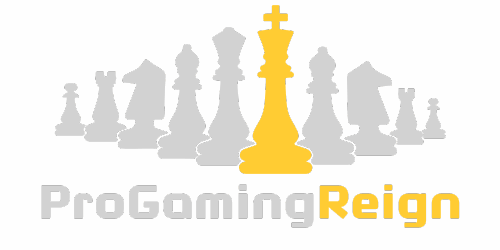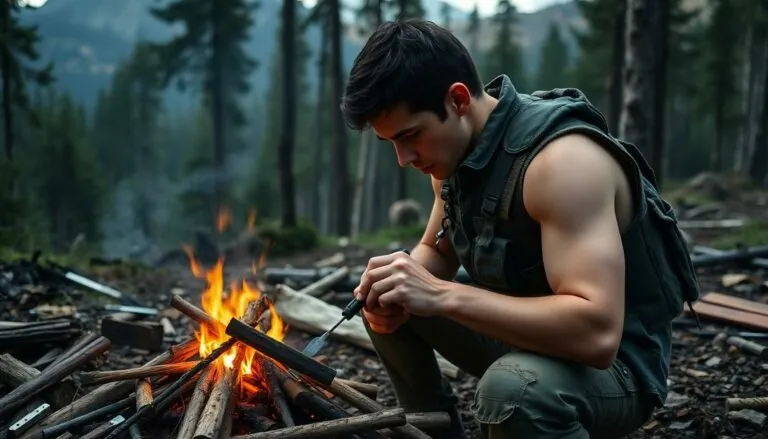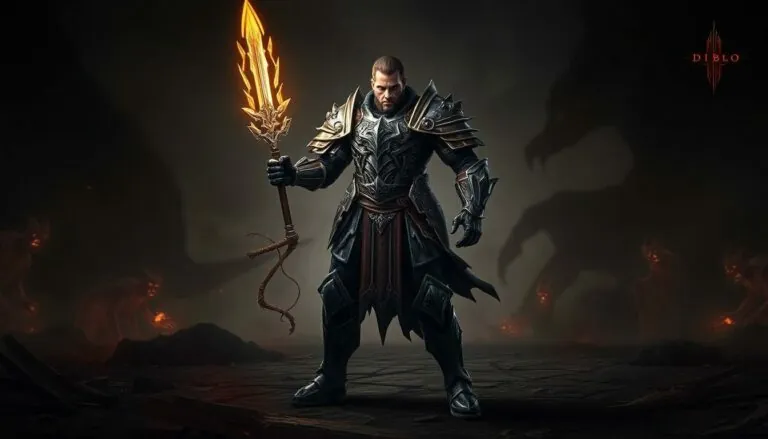Table of Contents
ToggleIn the vast pixelated world of Minecraft, players often find themselves battling the elements, building empires, and occasionally facing the dreaded scourge of rust. Yes, that’s right! Just when you thought your blocky castle was safe, rust sneaks in like an uninvited guest at a party, ready to ruin your day. But fear not, because understanding rust in Minecraft can be the difference between a thriving fortress and a crumbling ruin.
Overview of Rust and Minecraft
Rust in Minecraft poses challenges that significantly impact gameplay. Players must contend with environmental factors that can cause structural decay. Understanding rust mechanisms is crucial in maintaining buildings and fortifications.
Rust affects various materials, such as iron and its derivatives, leading to degradation over time. Players must monitor their structures regularly to prevent collapse or failure. Maintenance tasks involve crafting tools and repairing items before they deteriorate.
The decay process can vary based on exposure to moisture and other environmental elements. Certain biomes may accelerate rusting, making specific locations more challenging for building. Knowledge of terrain and material characteristics aids in effective building strategies.
Players benefit from using rust-resistant materials, like stone and concrete, to enhance durability. Strategic planning can minimize the effects of rust, ensuring long-lasting structures. An organized approach to resource management plays a pivotal role in countering rust’s impact.
Incorporating preventative measures, such as regular inspections and repairs, strengthens a fortress against rust. Players can utilize items like repairing kits and rust-resistant coatings to extend the life of their builds. Prioritizing plant and animal resources can also support repair efforts.
Awareness of the game’s mechanics helps players design structures that are both aesthetically pleasing and functional. By addressing rust challenges, players create sustainable environments, enhancing their overall gaming experience. Emphasizing maintenance fosters resilience among players, allowing them to overcome obstacles and thrive in their Minecraft adventures.
Gameplay Mechanics
Understanding the gameplay mechanics of rust in Minecraft is essential for survival and effective building. Players face challenges that require strategic planning and awareness of their surroundings.
Survival Elements
Surviving in a rust-infested environment demands vigilance. Players must regularly check their structures for signs of decay, especially in areas with high moisture levels or dense vegetation. Monitoring health points of buildings helps avoid catastrophic failures. Engaging with environmental threats adds to the complexity; heavy rain or flooding accelerates rust. Players need to gather resources quickly and remain adaptable to these conditions. Crafting essential survival tools, such as hammers and repair kits, becomes crucial for maintaining their bases. Knowing which materials withstand rust enhances longevity of structures.
Building and Crafting
Building strategies focus on using rust-resistant materials like stone and concrete. These materials provide greater durability against decay over time. Crafting processes emphasize efficiency; gathering resources close to one’s base allows for quicker repairs. Players can enhance structural integrity through smart design choices, such as elevated foundations or proper drainage systems. Optimizing layouts for ventilation slows rust development. Regular maintenance and crafting of repair tools create a proactive approach to prevent deterioration. In essence, strategic building practices substantially bolster defenses against rust, ensuring players thrive in their Minecraft worlds.
Comparison of Game Environments
Game environments in Minecraft and rust provide distinct experiences that influence gameplay. Understanding these differences is crucial for successful survival and construction.
Graphics and Aesthetic
Visual appeal plays a significant role in player experience. Minecraft’s blocky graphics create a whimsical atmosphere, while rust offers gritty realism with detailed textures. Players appreciate contrasting aesthetics, as the simplicity of Minecraft allows for creativity in design. In rust, the harsh environments immerse players in survival challenges, driving a sense of urgency. Each graphic style shapes gameplay interactions, making aesthetic appreciation integral to the overall experience.
Biomes and Exploration
Exploration varies dramatically between Minecraft and rust. Minecraft features diverse biomes, including forests, deserts, and jungles, encouraging players to discover resources. In contrast, rust’s environment primarily consists of harsh landscapes and limited resources, promoting strategic decisions. Biomes in Minecraft provide opportunities for resource gathering, while rust forces players to adapt to survival situations. Each game environment presents unique exploration dynamics that enhance player engagement and strategy development.
Community and Multiplayer Experience
Multiplayer in Minecraft enhances the community experience, fostering collaboration and competition among players. Engaging with others provides unique opportunities to share strategies and build together.
Player Interaction
Players interact through chat features and cooperative gameplay. Collaboration often occurs during building projects or resource gathering missions. Engaging with teammates can lead to shared success and improved strategies. Additionally, players can form clans or groups to foster closer relationships. This sense of community drives competition in various activities, such as PvP arenas or event challenges. Communication facilitates these interactions, empowering players to coordinate their efforts effectively. New friendships develop as players share experiences and help each other in navigating challenges.
Server Options
Minecraft offers diverse server options, catering to different play styles. Players can choose from survival, creative, and role-playing servers, each presenting unique environments and challenges. Popular multiplayer servers often feature custom rules and modifications. These servers enhance gameplay, introducing new experiences and mechanics. Server communities frequently organize events, tournaments, or themed challenges. These activities encourage participation and engagement among players. Customization options, including mod packs and unique game modes, further enrich the multiplayer landscape. Players can explore varied server environments, ensuring fresh experiences and continuous engagement with the game.
Conclusion
Understanding rust in Minecraft is essential for building resilient structures. Players who proactively manage their materials and regularly inspect their creations can avoid costly decay. By utilizing rust-resistant materials and engaging in consistent maintenance, they can ensure their fortifications withstand environmental challenges.
The game’s diverse biomes and multiplayer dynamics further enrich the experience, encouraging collaboration and strategic planning. Embracing these elements not only enhances gameplay but also fosters a vibrant community. Ultimately, mastering rust management leads to more successful and enjoyable adventures in the blocky world of Minecraft.




